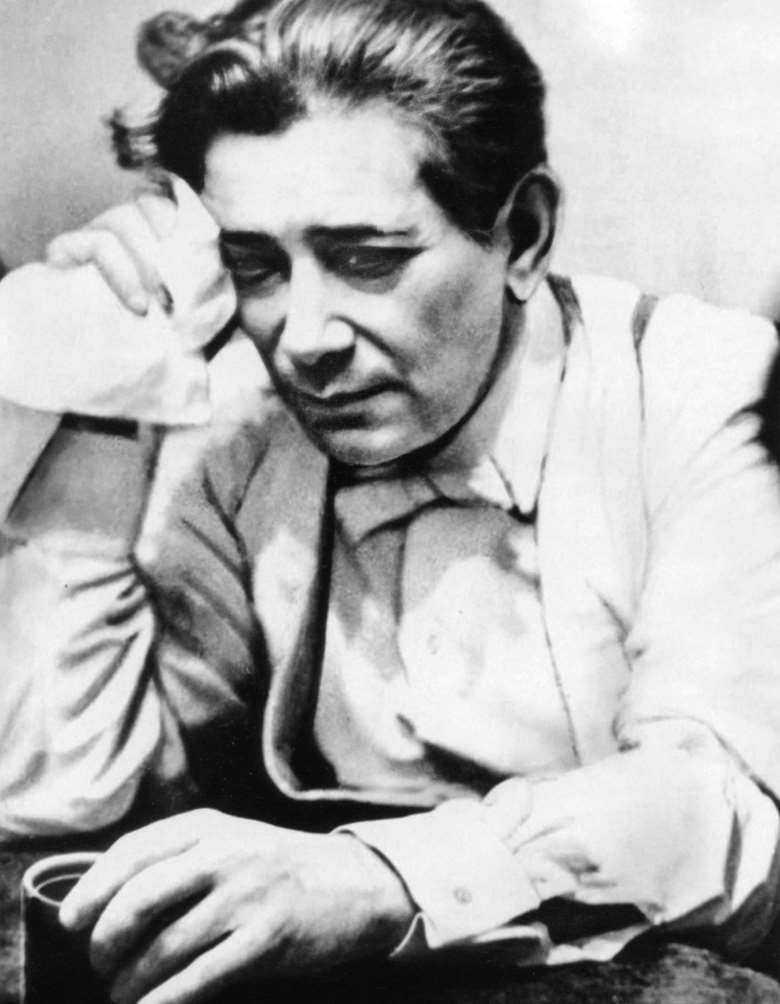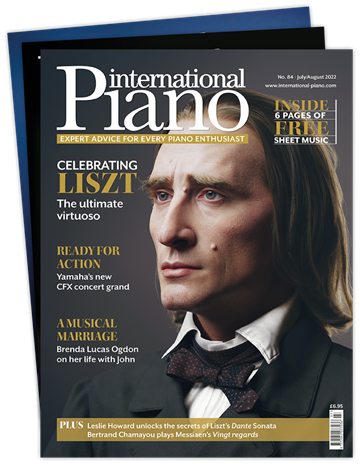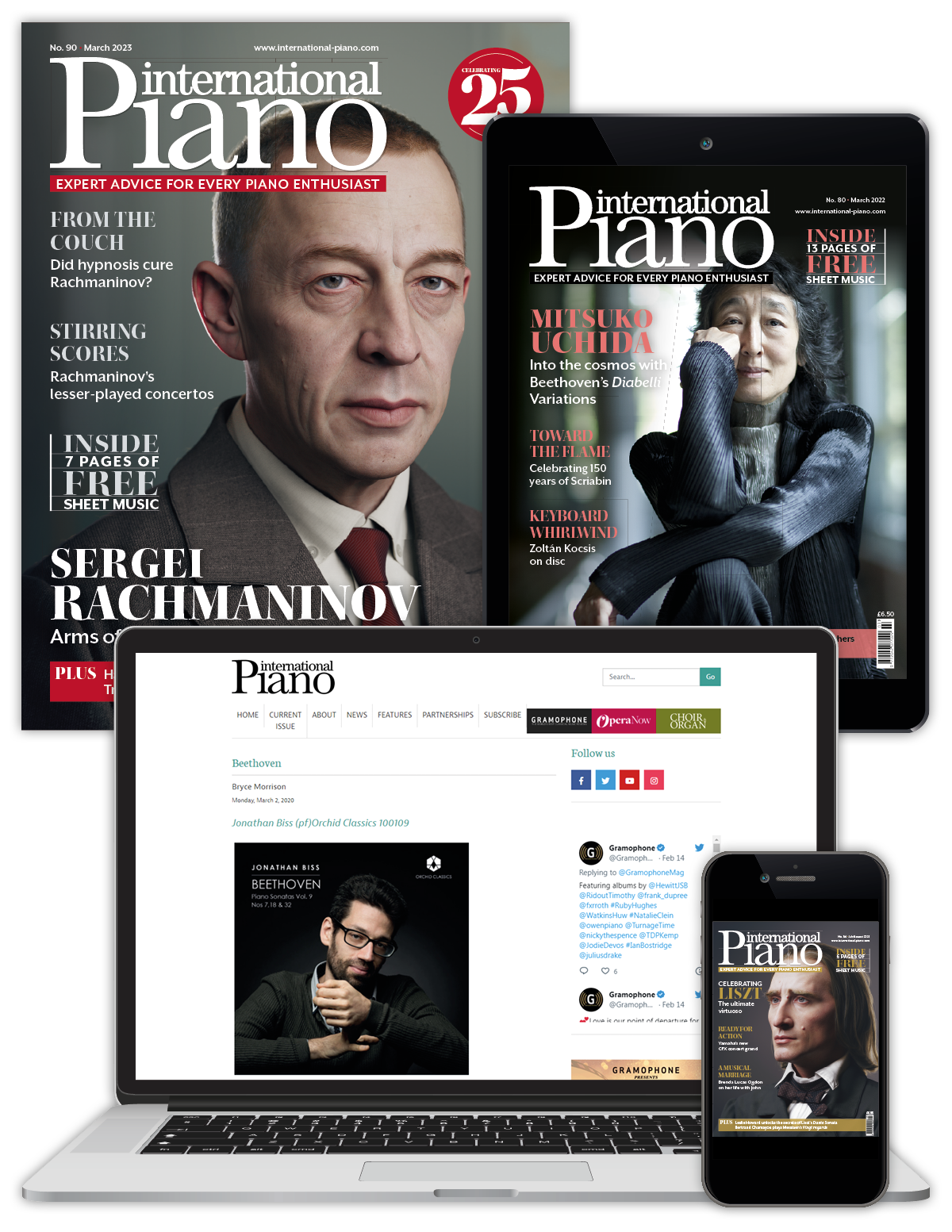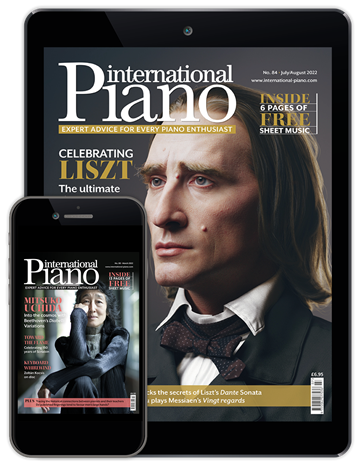Grigory Ginzburg: a refined virtuoso
Farhan Malik
Friday, May 24, 2024
In his latest exploration of the life and playing of great Russian pianists of the 20th century, Farhan Malik investigates the astounding pianism of Grigory Ginzburg and celebrates a lasting legacy

Register now to continue reading
This article is from International Piano. Register today to enjoy our dedicated coverage of the piano world, including:
- Free access to 3 subscriber-only articles per month
- Unlimited access to International Piano's news pages
- Monthly newsletter












